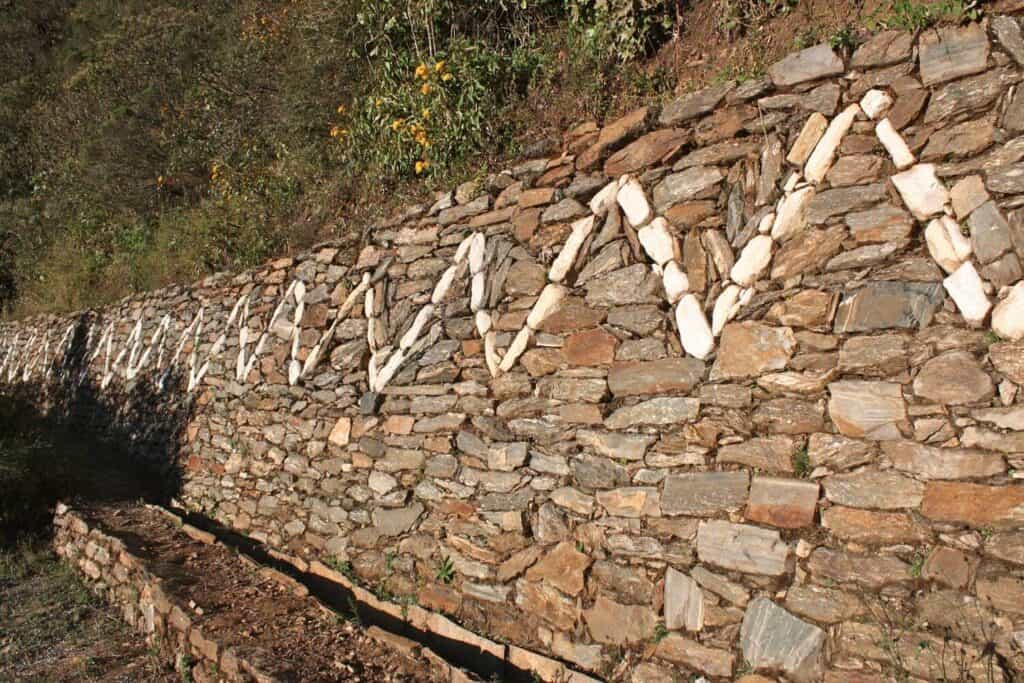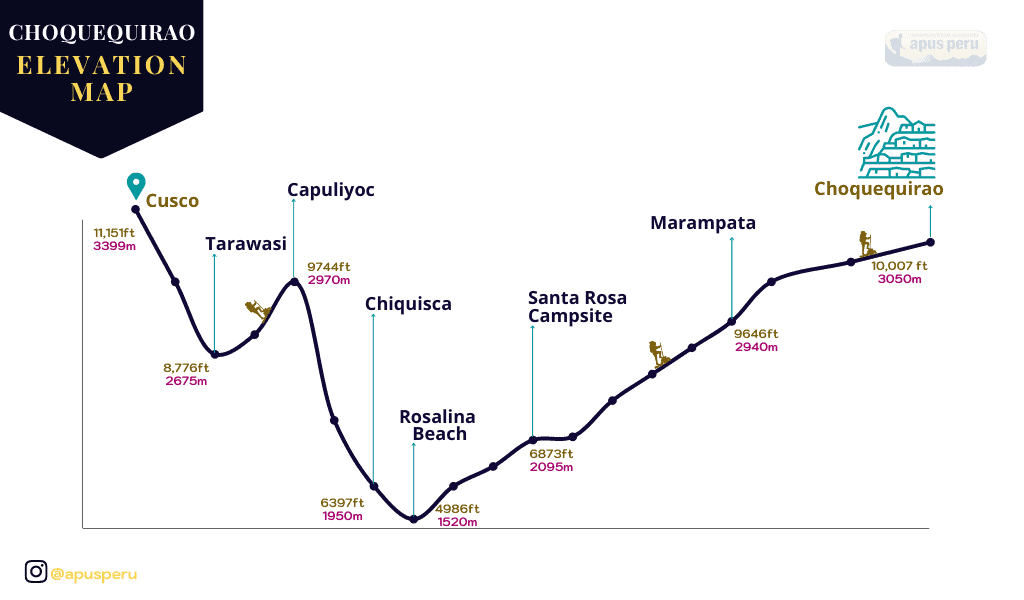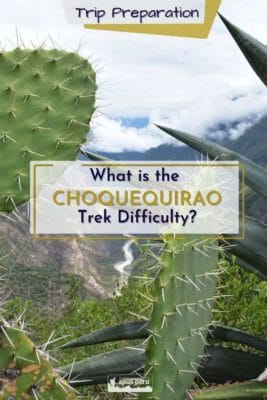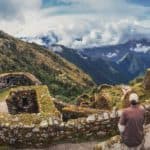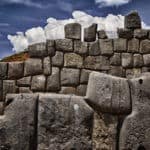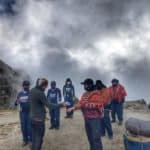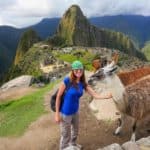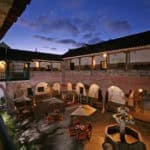If you’ve been doing your research into lost Inca cities or Machu Picchu’s sister city Choquequirao then you might be wondering about the Choquequirao trek difficulty, and the number of days needed for a Choquequirao trek.
There is a correlation between these two factors as well – the more time you spend doing the Choquequirao trek, the easier it will be! (In general – you do need to take into account your fitness, amongst other things)
The good news is that you’ve found the ‘home’ of the Choquequirao treks! That’s right, amongst Peru travel operators; we are one of the most passionate about the Choquequirao region! Not only did one of our founders love the area, but since we have operated thousands of Choquequirao treks and are listed in many of the recent Lonely Planet guidebooks to Peru as one of the best Choquequirao trek operators.
SEE ALL OUR TREKS: To make sure you have the best possible Peru hiking experience, we offer spectacular tours:
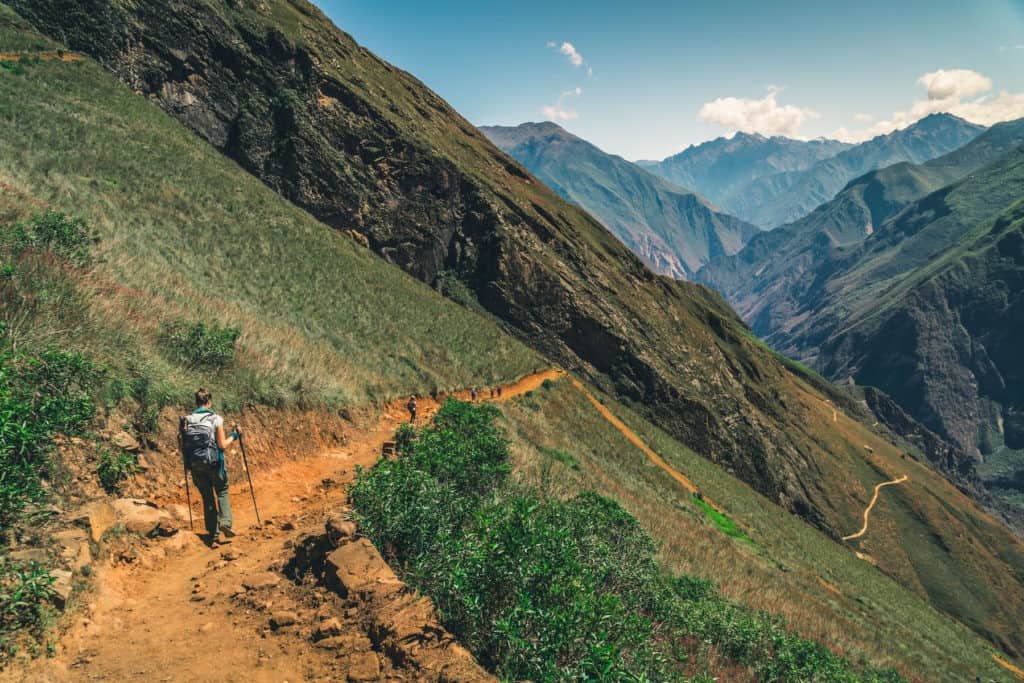
How difficult is the Choquequirao trek?
Hard! I am not going to sugar-coat this for you, whatever way you do the Choquequirao trek, it is a hard trek. This is because you need to cross the Apurimac canyon on foot. In general, the first day has you descending 1500m (4921feet) which involves steep and slippery descents, the next day you climb back up the 1500 metres to reach the Choquequirao ruins. Both days involve a series of switch backs that are strenuous for all types of fitness.
Some Choquequirao trek operators will tell you that the Choquequirao trek difficulty is not too bad because they are not high altitude. Well, again, I think some honesty is in order. The Choquequirao trek is one of the lower altitude treks around the Cusco region – that doesn’t mean it is low! In fact, you start at 3300m (10826 feet) on the first day, and by the second day (depending on what route you take) you will be back up there above 3000metres again.
To put that into perspective, the highest state capital in the US, Santa Fe, New Mexico is only 2180m and Denver Colorado only 1500m – 1700 m (that is, the height of the lowest point in the trek!)
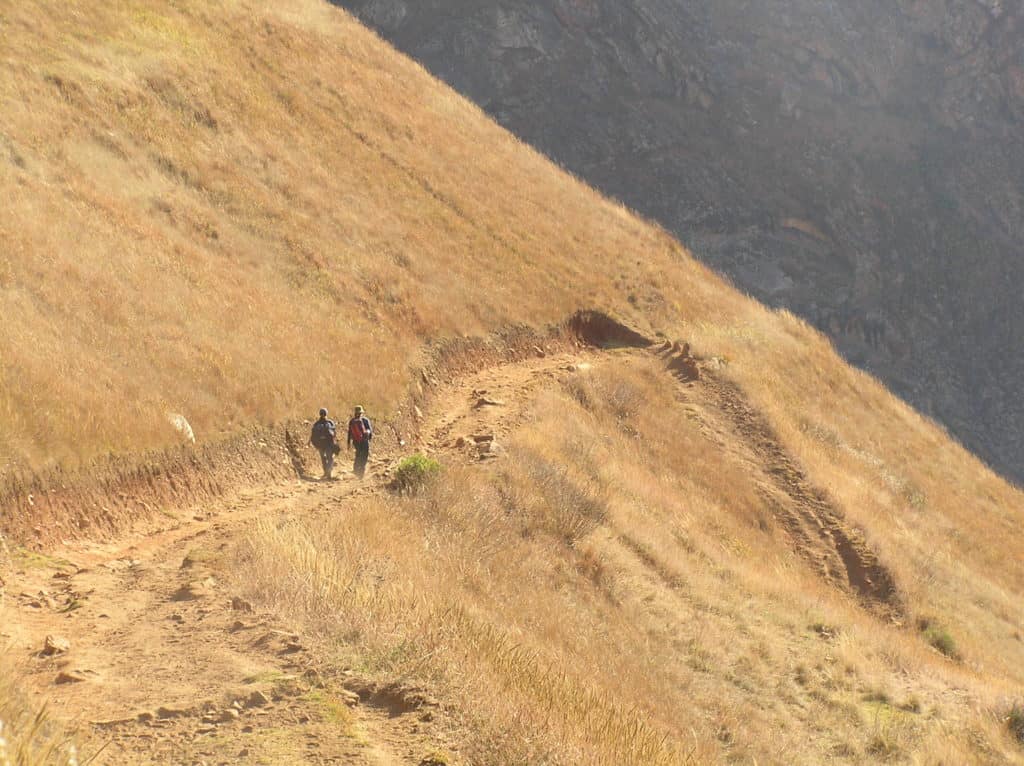
When is best to time to trek to Choquequirao Peru?
Yes, the weather will affect the Choquequirao trek difficulty.
As a general rule of thumb the best time to trek Choquequirao is the dry winter months which run from May to August – this is because there is little rain and the trail should be solid underfoot.
There are several downsides to trekking Choquequirao in the dry season
- It can be very cold at night, with temperatures dropping below freezing. This only applies to the higher campsites, typically at the Choquequirao ruins or at Marampata. When you came at the lower campsites, like Chiquisqa or Santa Rosa – the overnight temperatures should be balmy
- The lower part of the canyon can get excessively hot – like above 37’C or 98/F. Then as you climb back out the cold winds of winter will hit you. This is easy to deal with if you have the proper layering, but its worth noting.
- As it’s the Cusco high season, it is likely to be busier on the trail than in low season. However, as this is one of the most difficult treks in the Cusco region, it still is not super busy.
Did you know that a Choquequirao Cable car has been proposed? Yes that’s right – you should get in the trek to Choquequirao while it still offers solitude and an amazing connection with nature – without the tourists.
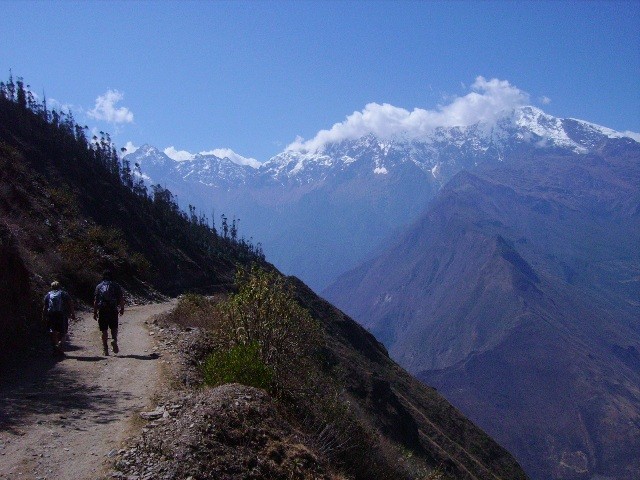
The shoulder seasons for trekking in the Andes are April, September, October and November. How good the shoulder months are totally depends on the year and the amount of rain at the time! For example, April can still be very slippery if it was an especially wet rainy season; and November can be a difficult trekking month if the rain has come early. That said, as the ground is not yet waterlogged, November might be ok.
Choquequirao Peru trek is dangerous to hike from December through March due to the way the heavy wet season rains affects the sides of the Apurimac canyon. This is no joke – rock falls from above have killed trekkers on the Choquequirao route and no trek agency should take people to Choquequirao in these months.
In addition to the risk of rock fall from above, the Choquequirao trail is very steep, and when you add lots of water it can be very slippery and the slopes near the trail are highly inclined – in some places dropping hundreds of metres down to the Apurimac.
In general a Choquequirao trek in September and October should be ok, though Apus Peru always reserves the right to change or cancel treks if the weather conditions will make trekking unsafe. Read more about the best time to hike and take note of our wet season trekking policy.
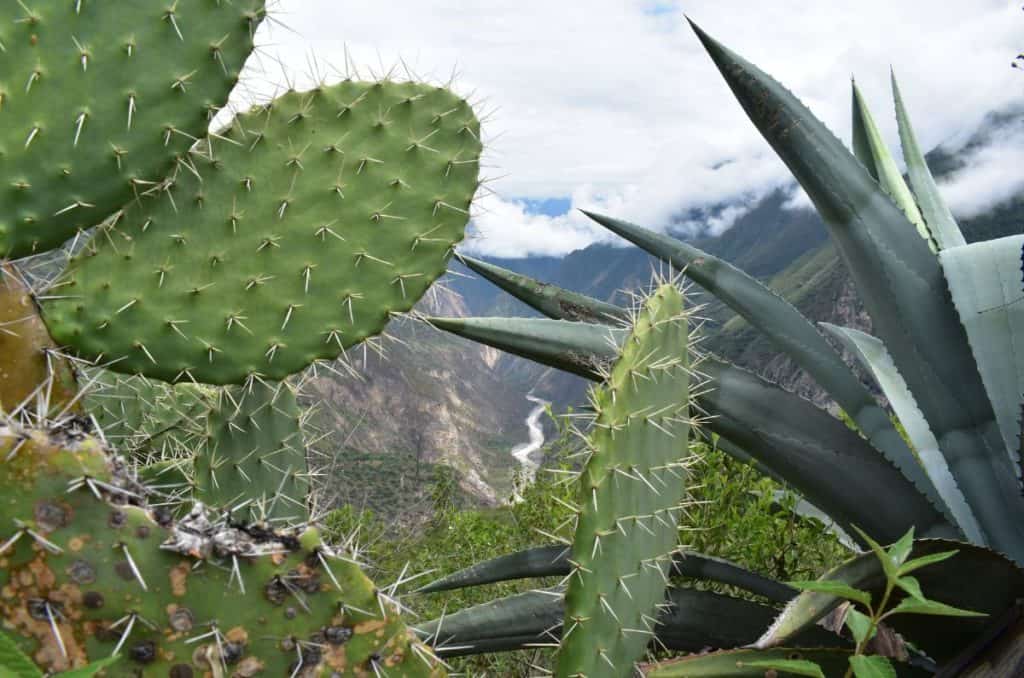
Choquequirao trek 3 days
It is possible to do the Choquequirao trek 3 days if you are very VERY fit, and prepared to walk very long days. Without doubt this is makes the Choquequirao trek extremely difficult and should only be considered if you are fit, resilient and very well acclimatised. A sample route for Choquequirao trek 3 days would be as follows:
If you drive to Capuliyoc you cut several hours off the traditional hike. From there you hike down through the canyon, and then cross the Apurimac River to camp at Santa Rosa.
Day 2 could potentially include hiking to Choquequirao and then returning to Santa Rosa in the same day. If you do this option it is unlikely that you will have a lot of time at the ruins, but you would get a good feeling for the awesome location and the audacity of the Incas.
Day 3 would include hiking back from Santa Rosa o Capuliyoc where your private transport would pick you up and take you directly back to Cusco.
Choquequirao trek 4 days
The typical length of a Choquequirao tour or trek is 4 days. But – keep in mind that not all Choquequirao trek 4 days are of equal difficulty. That is why it’s worthwhile looking for a quality Choquequirao tour operator that includes lots of little extras to make the day worthwhile. For example, with Apus Peru, we like to break up the drive to Capuliyoc with stops along the way including at Tarawasi and Cachora.
The typical Choquequirao 4 day itinerary is fully covered in our detailed itinerary at the Choquequirao 4 day hike.
We include the drive to Capuliyoc in our itinerary – not all operators will, which means that on Day one most groups will make it to the Santa Rosa Campsite. Day 2 is largely spent exploring the ruins of Choquequirao and we camp at the official Choquequirao campsite nearby, meaning that you get to stay at the ruins at sunset – a special mystical experience, especially if you are want to spot the majestic Andean Condor. Day 3 we head home
The new Choquequirao route, also known as the Choquequirao Huanipaca route is a good option if you are not keen on going over the same route! Opened up in the last few years – and then closed due to landslides on the precipitous parts of the canyon, by all accounts the Choquequirao Huanipaca route is easier than the main 4 day Choquequirao route. For example, day 3 only includes several of hours of descent to the Apurimac River before resting at San Ignacio or staying at the nearby Villa de los Loros. If this 4 day Choquequirao trek is appealing, please take a look at the Huanipaca Choquequirao hike
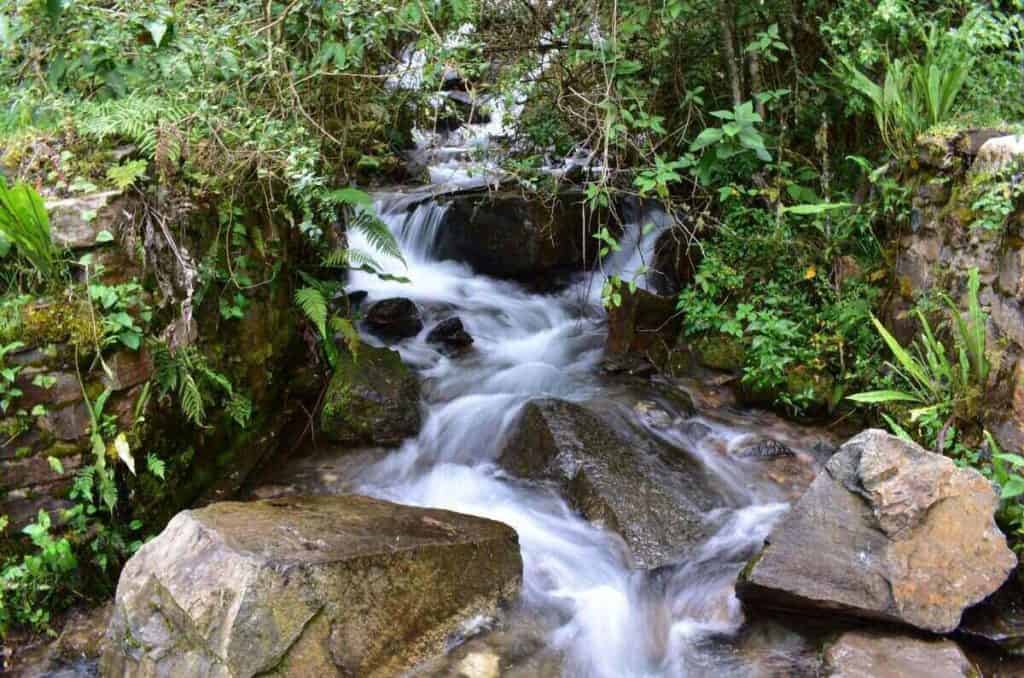
Choquequirao trek 5 days
There is a new feeling in the air, as the world emerges from tough times. Life is meant to be savoured and enjoyed, it’s not about racing around from place to place, ticking off bucket lists.
Those that are interested in a Choquequirao trek 5 days might feel that way. If you are going to hike through the mountains to a remote lost city, located on a high spur in the middle of the mountains, well – why not enjoy the moment? Soak it in, touch those stones, and really explore the Inca ruins. Maybe you’d prefer to do a long yoga practice in this powerfully charged place – or mediate. These mountains are powerful for the soul; however you wish to recharge it, and spending more time to do the Choquequirao trek – like 5 days- means that you have a full free day to spend around the ruins and not actually trekking! (Unless of course you want to – Inca enthusiasts might prefer to head over the top of the mountain and to the ruins of Pinchinuyoc Tambo on the other side of the mountain from Choquequirao.
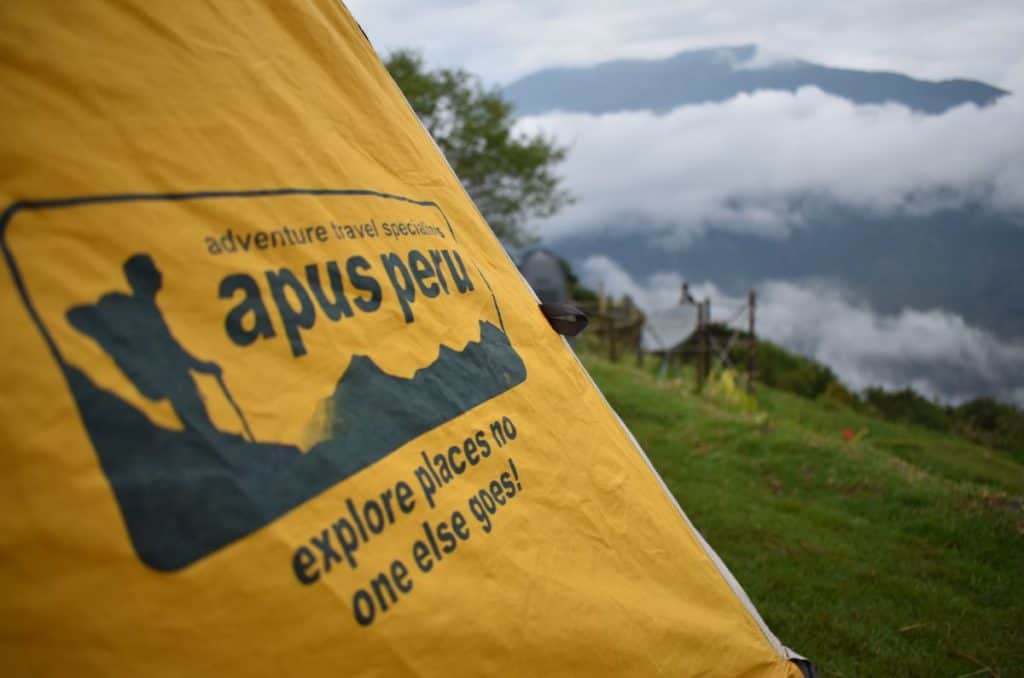
Luxury Choquequirao trek
While not commonly known, you can do a Luxury Choquequirao trek. Apus Peru offers this option by adapting the Choquequirao trek 4 days to 5 days and offering comfortable camping options, including a camp bed, solar chargers and hot showers.
Another option would be to consider staying at the closest Choquequirao hotel to the ruins, the Choquequirao Sanctuary Lodge
We’ve not personally checked it out (thanks Covid) but plan to soon, because it sounds just great. Not only is it a clever play on the idea of the Machu Picchu Sanctuary Lodge, the location looks brilliant, overlooking the Apurimac canyon. This might be the closest hotel to Choquequirao ruins too!
While not the same standard as the Machu Picchu Sanctuary lodge (in fact quite different) the wide windows of the rooms look like they would offer an amazing comfort option – plus the option to hike back and forth to Choquequirao during the day.
Guide or No Guide: Is the Choquequirao trek too difficult to hike on my own?
The Choquequirao trail is well-marked, so many consider the Choquequirao trail one of the treks you can complete on your own. We think that if you are an experienced outdoorsmen or hiker that can do multi day hikes in tough terrain you will be fine. Furthermore, if you have that experience you will be aware of the risks of doing a trek by yourself and likely have a contingency plan should you run into trouble on the mountain.
Without doubt the Choquequirao trek alone (or unguided) should not be attempted by unfit people, or those that have little experience hiking alone in the mountains.
Cost-wise, the entry fee to Choquequirao is just 22 soles, payable on arrival so your main costs are transportation and food. You will also have to pay a nominal fee to use each of the campsites, which is necessary as there are few flat places to pitch a tent on the Choquequirao route.
To get to Cachora you can jump on an Abancay bound bus – they leave Cusco several times a day – and then ask to get off at the ‘desvio’ to Cachora. The drivers will know what you mean. You might even be lucky and find that Cachora residents get off the bus too and then you can follow them down the mountain. While the road to Cachora has a number of switchbacks, there is also a direct path down the mountain which cuts off quite a bit of distance. Last time we did it, it was a lovely walk and probably didn’t take longer than an hour!
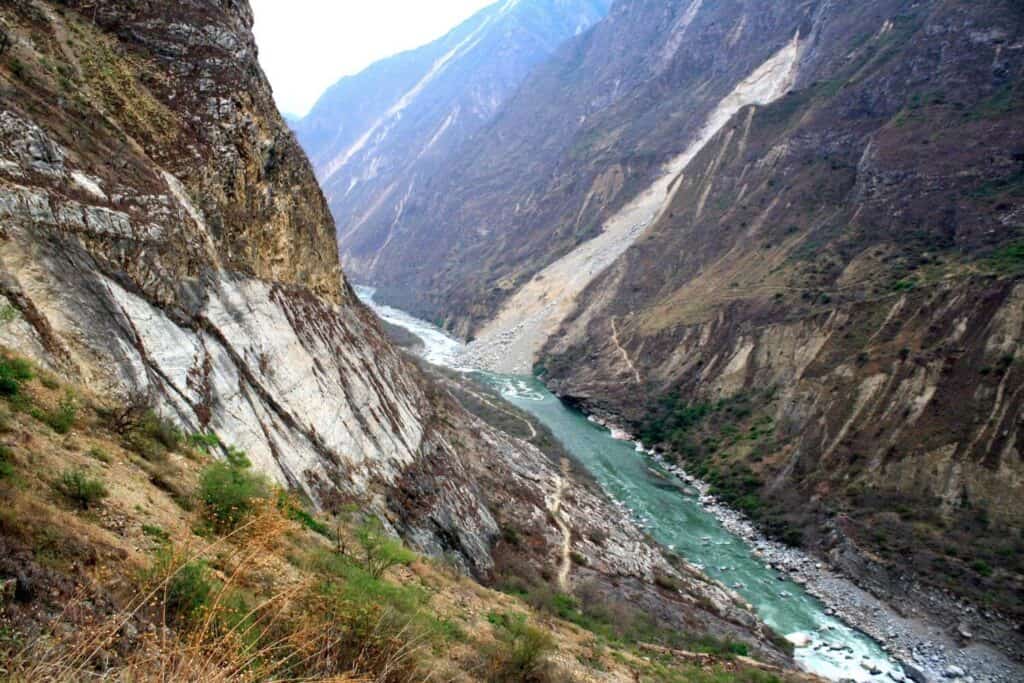
How does Choquequirao compare to other Machu Picchu hikes difficulty?
If you are currently considering your Peru trekking options, you might ask, how does Choquequirao compare to other Machu Picchu hike difficulties?
Apart from the obvious – that Choquequirao Peru does not trek to Machu Picchu – we will compare the route to the most popular other two alternative routes – the Salkantay trek and the Lares and Machu Picchu trek.
If you are interested in trekking onwards from Choquequirao to Machu Picchu then it is totally possible – we offer an awesome 7 day option for Choquequirao to Machu Picchu, and what we consider to be the best trek in the region, the 9 day Choquequirao to Vilcabamba (and Machu Picchu trek.)
The Salkantay trek is the second most touristed trek in the region, after the Inca trail and as such sees large, big groups departing every day. Also, as it is more accessible than Choquequirao Peru a small collection of hotels has sprung up at Soraypampa. This means it feels busy and not so remote.
Day 2 is the most difficult of the Salkantay trek, and you climb from 4200m (13779ft) to 4600metres (15091 ft), from your campsite to the Salkantay pass. This takes 2.5 to 3 hours on switchbacks and is pretty hard given the altitude.
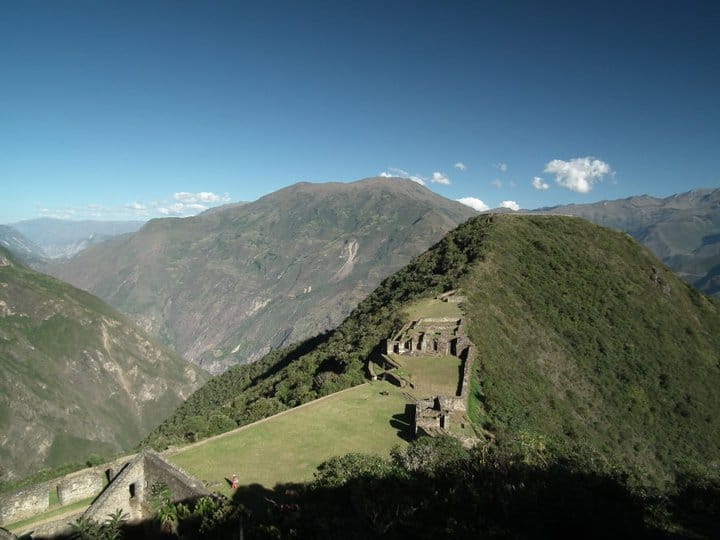
Another the more popular treks in the region is the Lares and Machu Picchu trek – to start with, Apus Peru offers their own unique route which is different than ever other agency in Cusco. Day 2 is again the hardest day, when you climb from the campsite at 4000m (13123 ft) to the pass at 4400m (14435 ft), which takes around 1.5 to 2 hours.
Let’s compare to the Choquequirao trek difficulty – on day 1 you will descend 1500 metres (4900 ft approx) over 4 hours, and then on day 2 you will ascend another 1500 me over 3-4 hours on a series of switchbacks. The only thing that is ‘easier’ about Choquequirao than the other Machu Picchu treks is that it’s not as high altitude, so its slightly easier to breath. (However, don’t kid yourself – it’s still altitude and the trail is steep, and unrelenting!)
How does Choquequirao compare to the Inca trail hike difficulty?
If you are looking to compare the Choquequirao trek with other routes, Choosing your trek is a good place to start.
Interestingly, when you compare the Inca trail hike difficulty it is the closest in terms of altitude ascended in one day to Choquequirao. On day 2 of the Classic Inca trail you start at 3000m (9842ft) at Huayllabamba and ascend 1200 metres (3937 ft) to Dead Woman’s pass in the same day. Unlike the Choquequirao trek with its endless zig zags, much of this climb is done on big stone steps. I personally have found that those steps are incredibly difficulty when you are tired. In addition, you find yourself frequently stopping to let the heavily burdened porters pass and get your breath. This is also much higher altitude than the Choquequirao Peru trek so you are also dealing with lack of oxygen.
The only advantage of the Inca trail difficulty vs the Choquequirao difficulty is that there is only one day of hard climbing, the rest of the trail is relatively undulating (ha-ha, in Andean terms!)
If you are interested in exploring more hikes beyond Choquequirao or unsure which one to choose, check out our blog post on the 25 Best Hikes in Peru. For tips on preparing for your trek, we’ve also got a comprehensive hiking packing list.
Want to compare specific treks? Take a look at these posts:
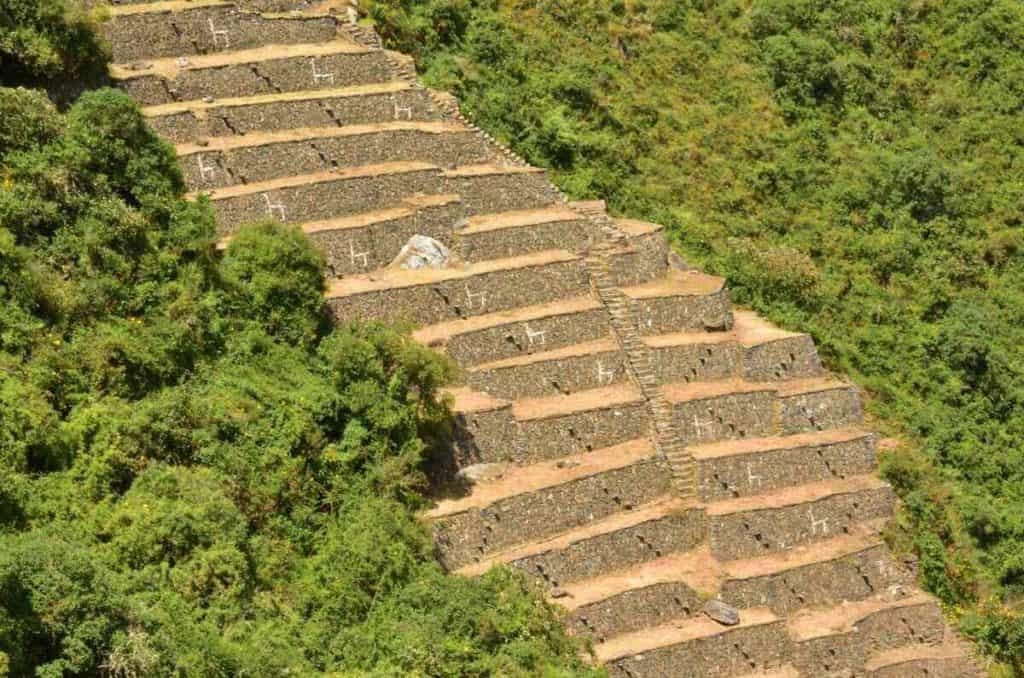
Want to go? Contact our friendly staff for personalized service
The Verdict – Choquequirao Trek difficulty
Finishing up this information on Choquequirao trek difficulty I’m worried I’ve made the Choquequirao trek sound too hard. However, it is a very achievable trek for people who are well acclimatised and in shape – and you will be rewarded by beyond amazing feelings of achievement. Who else gets to experience a remote Inca city except the hardiest adventurers? Not many people do a Choquequirao trek 3 days because of the difficulty level, which is why we recommend a Choquequirao trek 4 days as the minimum amount of time you would want to spend doing this route.

